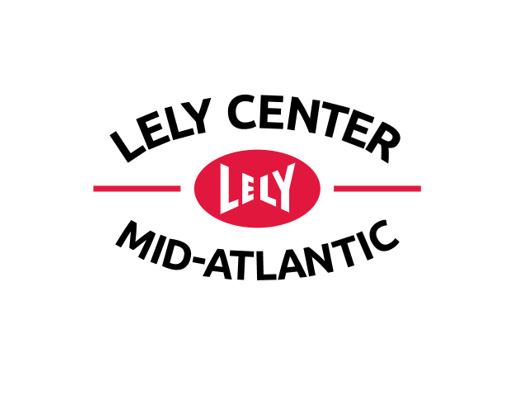Five years ago, most robotic milking companies were focusing on getting the technology perfect so that the milking unit would attach to a cow’s udder. There was talk about who could do it fastest, most accurately, and with little failure. There were robots staged side by side to see who could do it best. It was all we cared about! Ha! Our robot attached! Yes! Success!
Today is totally different.
Lely has a machine that is completely and confidently capable of attaching the milking unit to a cow. In fact, our entire team is still blown away by the A5 and its connection process at start-up. We already know that our robots can attach, so now we are focused on optimizing the process that happens once the unit is attached. We are fixated on making sure we milk the right cows, at the right time, in the right way. Our single goal is that cow’s milk quickly, comfortably, and completely.
In fact, this is of such importance for Lely that Lely North America recently compiled a team of Aftermarket Field Specialists whose sole purpose is to focus on these topics. They are experts in their fields of chemicals and disinfectants, mastitis causing bacteria, and liners.
I recently joined forces with our territory representative from the team, Kira Andersen, on a couple of different farms. Kira and her team have access to a takeoff tool which I find fascinating. They are able to view a specific farms’ reasoning for unit takeoff. The goal is to have 80% of unit takeoffs to be for succession of milk flow and less than 20% to be for airflow (squawking) or other. You can see an example below:

In this example, you can see that this farmer had a change that caused a negative result of increasing takeoffs from airflow. In this case, this was caused by a liner change.
Kira also comes equipped with a VADIA, a vacuum diagnostic tool for pulsation testing. We have been able to hook it up to farms to get precise measurements of bi-modal milkings, vacuum during peak milk flow, vacuum fluctuations, over-milking, etc. Kira says, “Dynamic testing is an extremely valuable tool that can assess what is happening during a milking event. We are able to optimize and customize the interface between the cow and the robot for each dairy to meet and exceed their milking goals.” We are so impressed with the data we get that Lely Center Mid-Atlantic is considering getting one for themselves!
Once we compile all this data with visual observations as well as T4C information, we can begin to fine tune the system to make the process the most complete, quick, and comfortable for the cow.
This is just the beginning of the developing Aftermarket Specialist Team. We look forward to all the knowledge they bring and the aid they offer in helping our customers reach their goals.
If you’re a Lely Center Mid-Atlantic robotic dairyman and you want to see some of the tools mentioned above for your dairy, don’t hesitate to reach out!
